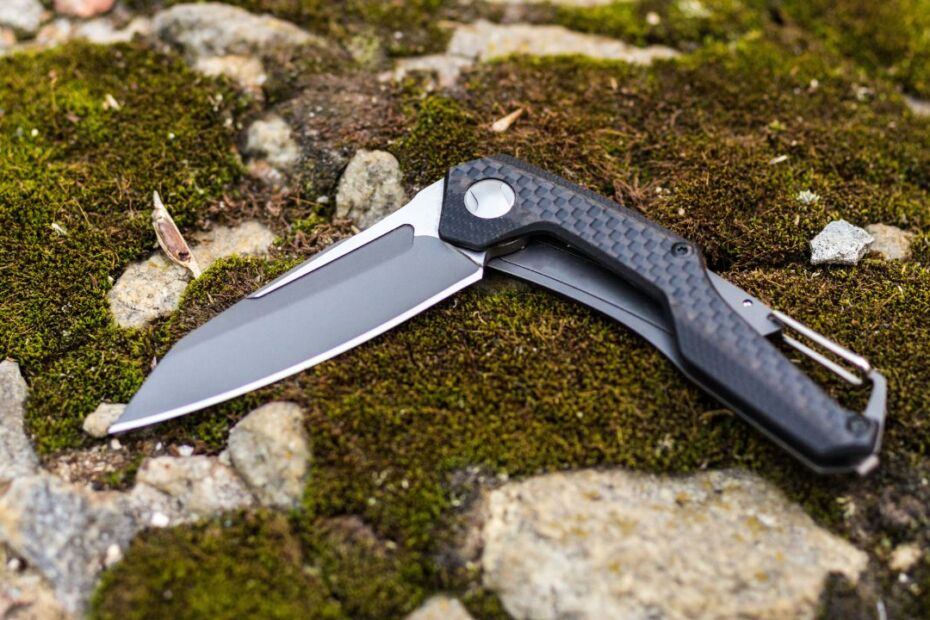Outdoor knives are indispensable tools for a wide range of activities, including camping, hiking, hunting, and fishing. Picking out a high-quality knife is essential to enjoying a seamless experience in nature. Explore some expert insights and actionable tips for choosing the perfect outdoor knife suited to your needs.
Identifying Your Needs and Preferred Type of Blade
The first step in choosing the perfect outdoor knife is to define the tasks you will be using it for. Not all knives are made the same, and each type of blade performs different functions. For instance, a compact and lightweight folding knife is ideal for everyday carry. Meanwhile, the robust construction of a fixed-blade knife is more suitable for heavy-duty tasks like chopping wood or skinning game.
Once you have a clear understanding of your requirements, you can narrow down your options based on relevant blade characteristics. These include the length, thickness, and shape of the blade, as well as the type of edge and steel.
Evaluating Knife Handle Materials
The handle of your outdoor knife plays a critical role in its overall functionality and ease of use. When evaluating which knife handle materials to choose, you should consider factors like grip, durability, and resistance to moisture and extreme temperatures. Popular materials for outdoor knife handles include:
- Synthetic materials: G-10, Micarta, and Kraton are all lightweight and durable. They also offer excellent grip, even when wet.
- Natural materials: Wood and bone are both aesthetically pleasing and comfortable to hold but may require more maintenance relative to synthetic alternatives.
The ideal handle material will ultimately depend on your personal preferences, as well as the specific conditions and challenges associated with your outdoor activities.
Assessing the Knife’s Construction
A well-constructed knife is essential for reliable performance and longevity in harsh outdoor environments. Key indicators of a knife’s quality include:
- Full or partial tang: Opt for a full-tang knife, which contains a blade and handle constructed of a single piece of steel, for maximum durability and stability. Partial-tang knives are generally less expensive but may not withstand heavy-duty tasks without breaking.
- Blade-to-handle transition: This area, known as the choil, should be smooth and not prone to snagging.
- Finish and corrosion resistance: Look for a knife with a corrosion-resistant finish or one that’s made of stainless steel to ensure it stays sharp and rust free.
Balancing Cost and Quality
While it may be tempting to opt for a low-cost option, a high-quality outdoor knife is an investment that will provide superior performance and longevity. Consult user reviews and trusted sources to strike a balance between cost and quality.
Choosing the perfect outdoor knife involves carefully considering your specific needs, the type of blade you prefer, handle materials, construction, and cost. Armed with this knowledge, you can confidently embark on your next adventure with a reliable and efficient knife by your side.

